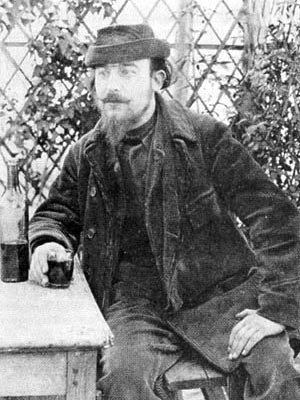|
Le Poisson Rêveur
''Le poisson rêveur'' ''(The Dreamy Fish)'' is an unfinished tone poem for solo piano composed between 1900 and 1901 by Erik Satie, based on a tale by "Lord Cheminot" (alias J. P. Contamine de Latour). The text does not survive and Satie's music went unpublished for decades. In performance the piece lasts about 6 minutes. An experimental work, it is the only example of Satie trying his hand at the impressionist style of his friend Claude Debussy. Musicologist Robert Orledge observed, "The concept of Satie trying to imitate the revered Debussy is a touching one: it seems as if he was trying to compose Debussy out of his system..." Description ''Le poisson rêveur'' is one of two tone poems (with '' Le Bœuf Angora'') set to lost stories by Contamine de Latour. No other work more painfully illustrates Satie's struggle to find a new creative direction at the start of the 20th century. Composition began in early 1900, right after the completion of the ragtime-inspired '' Petit pr ... [...More Info...] [...Related Items...] OR: [Wikipedia] [Google] [Baidu] |
Satie Velvet Gentleman
Eric Alfred Leslie Satie (, ; ; 17 May 18661 July 1925), who signed his name Erik Satie after 1884, was a French composer and pianist. He was the son of a French father and a British mother. He studied at the Conservatoire de Paris, Paris Conservatoire, but was an undistinguished student and obtained no diploma. In the 1880s he worked as a pianist in café-cabaret in Montmartre, Paris, and began composing works, mostly for solo piano, such as his ''Gymnopédies'' and ''Gnossiennes''. He also wrote music for a Rosicrucian sect to which he was briefly attached. After a spell in which he composed little, Satie entered Paris's second music academy, the Schola Cantorum de Paris, Schola Cantorum, as a mature student. His studies there were more successful than those at the Conservatoire. From about 1910 he became the focus of successive groups of young composers attracted by his unconventionality and originality. Among them were the group known as Les Six. A meeting with Jean Cocteau ... [...More Info...] [...Related Items...] OR: [Wikipedia] [Google] [Baidu] |

